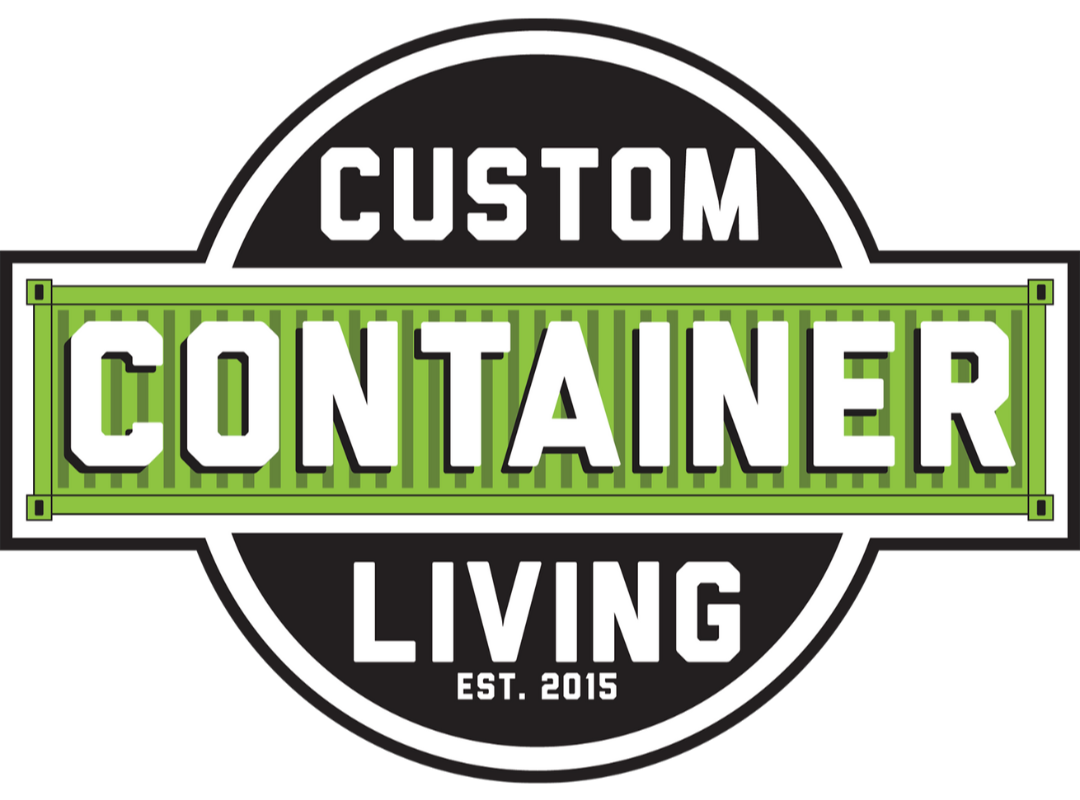Our Process
Embarking on the journey of purchasing a shipping container home can seem daunting at first. However, rest assured that we’re here to support you through every step of the process. With careful consideration and our guidance, you’ll feel confident in your decision.
This page (along with the accompanying videos) will guide you through our seamless process from start to finish, ensuring a smooth and enjoyable experience.
How it Works:
Residential Container Homes
Off-Grid Container Homes
Commercial Projects
Step 1: Determine Location Feasibility
Step 2: Select a Floor Plan
Here are a few simple things you need to consider when selecting a floor plan:
- What is your budget
- How many bedroom(s)
- How many bath(s)
- Square footage (space you need)
- Upgrades you may want to explore
- Modifications you may request
- Your ideal timeframe
Once you find the floor plan you like, please click “Get a Quote“ to build out a complete quote showing the final price which includes delivery and installation. When you submit your final quote, we will work with you to provide any needed documentation for the general contractor, local jurisdiction, and lender.
For commercial projects, a dedicated CCL team member will work with you to develop a customized quote based on state/local requirements. We also offer bulk order discounts based on the number of containers you are planning to order.
Step 3: Select a General Contractor
Now that you have the property and floor plan selected, it is time to research some general contractors in your area. We would recommend contacting two to three and requesting bids to complete the work. It is important to ask for some references for past work they have completed and what their availability is to complete the job. If the general contractor asks questions you are not familiar with or requests additional documentation, we are here to help.
Below is a list of things in which you might need your contractor’s help.
Step 4: Production
- After you have selected your floor plan, upgrades, and customizations, we will send a production contract for you to review and sign. Once the contract and deposit payment has been received, we will place your order on our build schedule. Please keep in mind that all selections/finishes must be finalized before we place any order in the production schedule. Once this step is completed, we can share information with your general contractor regarding your project.
- After step one is completed, sit back, and let us take care of the rest. Each project is completed in a professional and timely manner. We will provide progress updates during construction so you can follow the journey. If it is possible, we would love to schedule a time for you to visit our factory during the construction of your home so you can see it for yourself as we build it.
- The lead time will be determined once you have selected your floor plan. It will vary depending on our current orders in the queue. Once your build enters production, it will be ready for delivery in approximately 60 to 90 days.
Step 5: Delivery & Install
Our delivery process is set up to make your life hassle free. We are the build team and the installation team supplying the truck, trailer, and tools to get your home delivered and installed safely. Our delivery fee is based on the distance from Butler, Missouri, to your site location. It will include our standard delivery and installation of your home. We strongly encourage you to “Visit Our Delivery Page” to make sure all the requirements are met for a smooth delivery.
Our goal is to provide a home that will last for years to come. That is why we take pride in making sure you are completely satisfied before we leave your site. After finishing up, we will do a walk-through with you to make sure everything meets your expectations.
